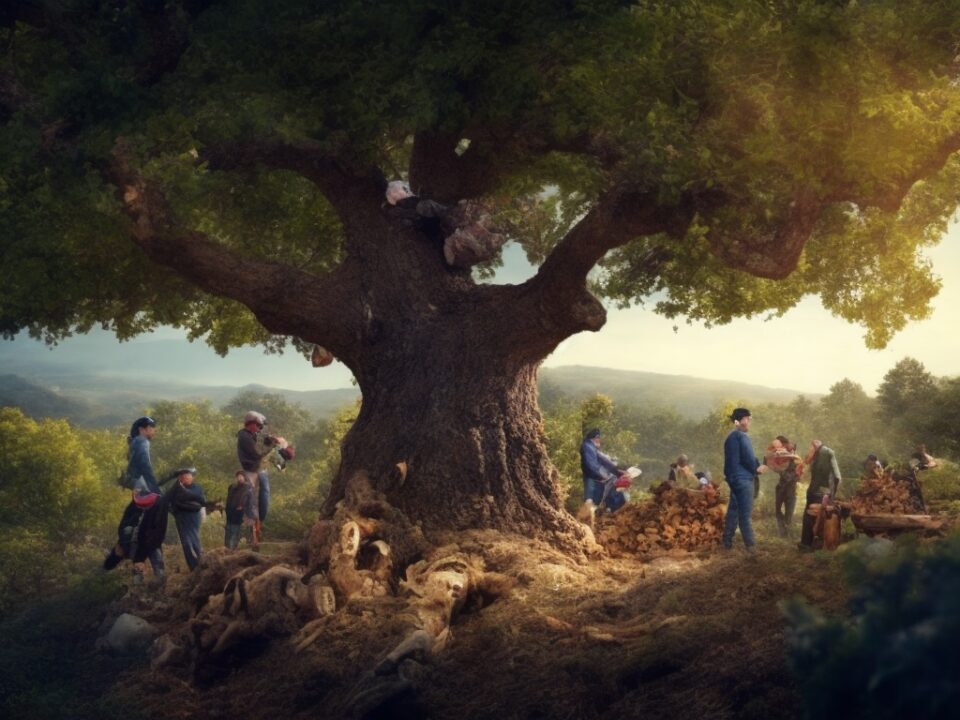
Exploring the Spectrum: A Guide to All Kinds of Raisins
September 17, 2023Introduction:
In the world of dried fruits, few hold the rich historical significance of the humble raisin. This wrinkled jewel, with its concentrated sweetness, has been cherished across civilizations and epochs. Join us on a journey through time as we unravel the fascinating history of this beloved snack.
1. Antiquity:
The story of raisins traces back millennia, to the cradle of civilization. Ancient Egyptians revered them, often placing them in the tombs of pharaohs as a symbol of abundance in the afterlife. The fertile soils of the Nile Delta gave birth to the earliest vineyards, where grapes were sun-dried to create the first raisins.
2. Roman Ambrosia:
Rome, the epicenter of vast empires, played a pivotal role in raisin history. Romans, known for their penchant for luxury, adored raisins. They even concocted a dish called “sapa,” where raisins were soaked in wine and honey, creating a delicacy that graced their feasts.
3. Silk Road and the Spread of Raisins:
As the Silk Road wove its intricate tapestry across Asia, so did raisins. Traders carried this portable, energy-dense snack along the ancient trade routes, introducing it to far-flung lands. Its popularity soared, and raisins became a staple in the cuisines of the Middle East, India, and beyond.
4. Renaissance and Beyond:
With the dawning of the Renaissance, raisins saw a resurgence in Europe. Monasteries, renowned for their horticultural expertise, cultivated vineyards and produced raisins. The sweet morsels found their way into the kitchens of kings and queens, becoming a symbol of opulence and indulgence.
5. The New World and the California Dream:
Fast forward to the 19th century, and raisin production found a new home in California. Spanish missionaries, carrying vine cuttings, planted the seeds of a burgeoning industry. The state’s arid climate and fertile soil proved to be a match made in heaven for grape cultivation. California’s San Joaquin Valley emerged as the raisin capital of the world.
6. Modern Innovation:
Today, raisin production has evolved into a sophisticated industry, with cutting-edge technology enhancing every stage of the process. Advanced drying techniques, such as tunnel drying and tray drying, have replaced traditional sun-drying methods, ensuring a consistent and high-quality product.
Conclusion:
As we savor the succulent raisins of today, it’s humbling to think of the centuries of tradition and innovation that have shaped this delectable snack. From ancient tombs to modern factories, raisins have stood the test of time, embodying the essence of culinary history. The next time you enjoy a handful of these sweet morsels, remember that you’re partaking in a tradition that spans civilizations and spans centuries.



